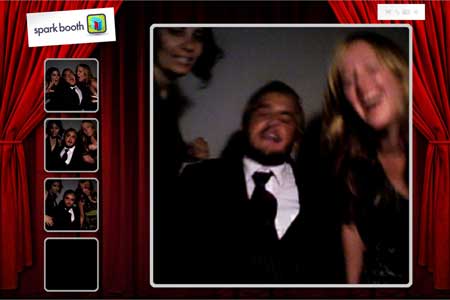

The mezuzah is situated upon all the doorframes in a home or establishment. The text contained in the mezuzah is the Shema Yisrael prayer, which calls the Israelites to love their God with all their heart, soul, and strength. The letter Shin is often inscribed on the case containing a mezuzah, a scroll of parchment with Biblical text written on it. In the mid-1960s, actor Leonard Nimoy used a single-handed version of this gesture to create the Vulcan hand salute for his character, Mr. Because of this, a kohen (priest) forms the letter Shin with his hands as he recites the Priestly Blessing. Shin also stands for the word Shaddai, a name for God. From this episode we get the English word shibboleth. See Gimmel, Ayin, Teth, Nun, Zayin, and Tzadi.Īccording to Judges 12:6, the tribe of Ephraim could not differentiate between Shin and Samekh when the Gileadites were at war with the Ephraimites, they would ask suspected Ephraimites to say the word shibolet an Ephraimite would say sibolet and thus be exposed. Shin is also one of the seven letters which receive special crowns (called tagin) when written in a Sefer Torah. This is a contraction of כּאשר, ka'asher (as, when). In colloquial Hebrew, Kaph and Shin together have the meaning of "when". When used in this way, it is pronounced like 'sh' and 'eh'. Shin as a prefix commonly used in the Hebrew language carries similar meaning as specificity faring relative pronouns in English– "that (.)", "which (.)" and "who (.)". The breakdown of its namesake, Shin - Yodh - Nunh gives the geometrical meaningful number 360, which encompasses the fullness of the degrees of circles. In gematria, Shin represents the number 300. This is because the second sin/shin is always silent. In the biblical name Issachar ( Hebrew: יִשָּׂשכָר) only, the second sin/shin letter is always written without any dot, even in fully vocalized texts. The two are distinguished by a dot above the left-hand side of the letter for / s/ and above the right-hand side for / ʃ/. The Hebrew letter represents two different phonemes: a sibilant / s/, like English sour, and a / ʃ/, like English shoe. The Hebrew /s/ version according to the reconstruction shown above is descended from Proto-Semitic * ś, a phoneme thought to correspond to a voiceless alveolar lateral fricative /ɬ/, similar to Welsh Ll in "Llandudno". Regardless of how it is written, /ś/ in spoken Aramaic seems to have universally resolved to /s/. Targum Jehonathan, Original Manuscript Archival Texts, Palestinian Targum (Genizah), Samaritan

Idumaean Ostraca, Egyptian, Egyptian-Persian, Ezra To express an etymological /ś/, a number of dialects chose either sin or samek exclusively, where other dialects switch freely between them (often 'leaning' more often towards one or the other). In Aramaic, where the use of shin is well-determined, the orthography of sin was never fully resolved. As usually reconstructed, there are seven Proto-Semitic coronal voiceless fricative phonemes that evolved into the various voiceless sibilants of its daughter languages, as follows: The history of the letters expressing sibilants in the various Semitic alphabets is somewhat complicated, due to different mergers between Proto-Semitic phonemes. The Encyclopaedia Judaica, 1972, records that it originally represented a composite bow. The Phoenician šin letter expressed the continuants of two Proto-Semitic phonemes, and may have been based on a pictogram of a tooth (in modern Hebrew shen). The Proto-Sinaitic glyph, according to William Albright, was based on a "tooth" and with the phonemic value š "corresponds etymologically (in part, at least) to original Semitic ṯ (th), which was pronounced s in South Canaanite".


 0 kommentar(er)
0 kommentar(er)
